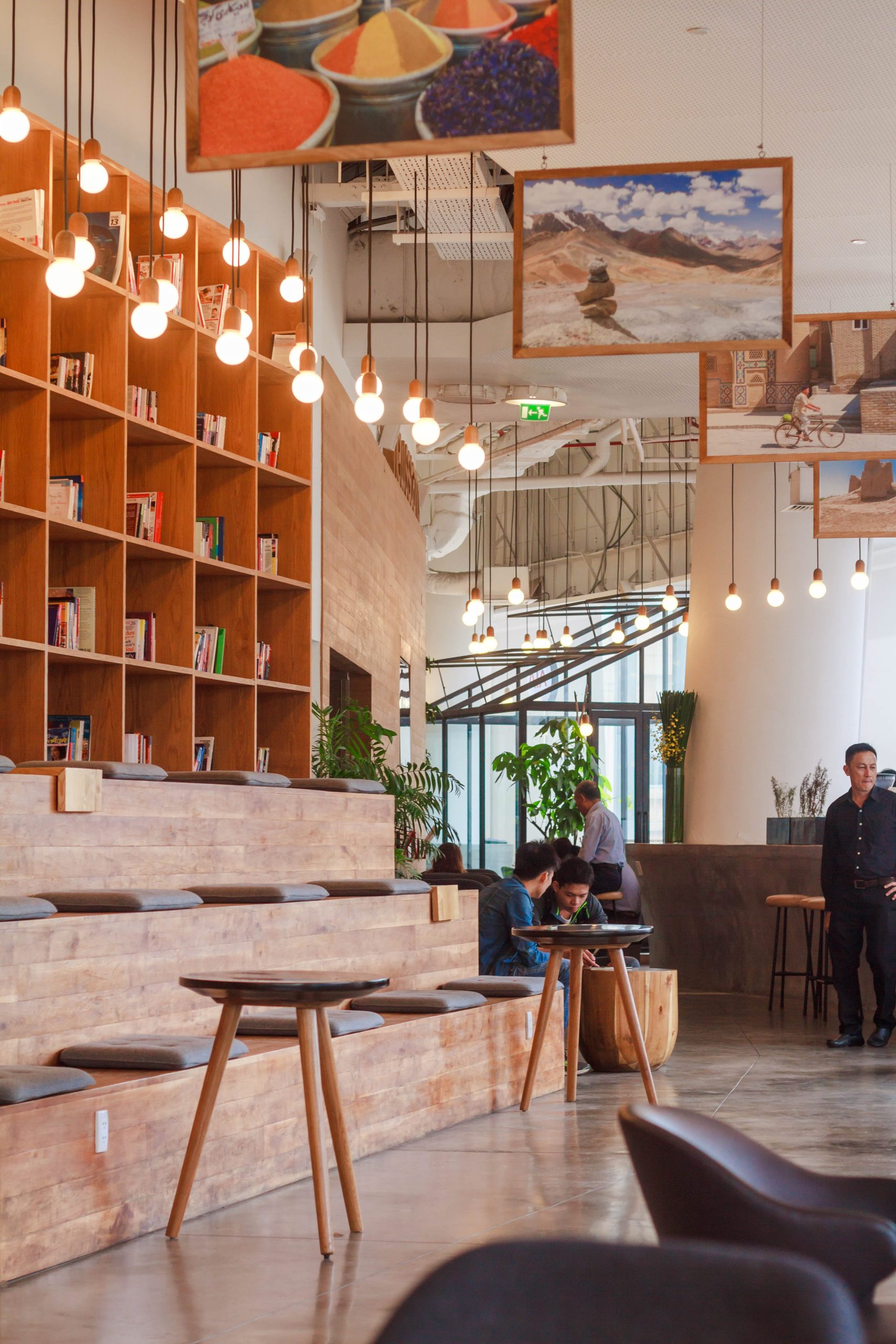Lighting plays a significant role in our daily lives, and it has a profound impact on our well-being, especially in the workplace. The type of lighting used can either contribute to a healthy, productive work environment or lead to discomfort, fatigue, and reduced productivity. In this article, we will explore the differences between healthy and unhealthy lighting in the workplace and the importance of choosing the right lighting solutions.
Healthy Lighting
Healthy workplace lighting is designed to support the physical and psychological well-being of employees. Here are some key characteristics of healthy lighting:
Natural Light Integration: The best source of light is natural sunlight. Incorporating ample natural light into the workplace has been shown to boost mood, increase alertness, and enhance overall well-being. If possible, arrange workspaces to maximize exposure to natural light.
Balanced Illumination: Healthy lighting ensures that there are no extreme contrasts in brightness within the workspace. Properly distributed light reduces glare and minimizes shadows, which can help prevent eye strain and discomfort.
Color Temperature: The color temperature of lighting influences the ambiance of the workspace. Cooler light, with a higher color temperature, promotes alertness and focus and is ideal for task-oriented areas. Warmer light, with a lower color temperature, creates a more relaxing and comfortable atmosphere, suitable for break rooms and lounge areas.
Adjustability: Providing employees with adjustable lighting options allows them to personalize their workspace. This can improve comfort and productivity, as individuals have different lighting preferences and needs throughout the day.
Ergonomic Design: Healthy lighting design considers the ergonomics of the workspace. Lighting fixtures should be positioned to minimize glare on screens, reduce reflections, and avoid direct light in employees’ eyes.
Circadian Rhythm Support: Lighting systems that mimic the natural progression of daylight can help regulate employees’ circadian rhythms. This can improve sleep quality and overall health, especially for those who work long hours or irregular shifts.
Unhealthy Lighting
Conversely, unhealthy lighting can have detrimental effects on employees’ health and well-being. Here are some characteristics of unhealthy workplace lighting:
Overly Bright or Dim Lighting: Excessively bright or dim lighting can lead to discomfort, eye strain, and reduced productivity. It can also contribute to headaches and fatigue.
Flickering or Inconsistent Light: Flickering or inconsistent lighting can be distracting and may trigger headaches or migraines in some individuals. It can also lead to reduced concentration and efficiency.
Harsh or Glaring Light: Lighting that produces glare on screens or reflective surfaces can make it challenging to work comfortably. Glare can cause eye fatigue and visual discomfort.
Inadequate Color Rendering: Poor color rendering can distort the appearance of objects and make it difficult to complete tasks that require accurate color perception. This can be problematic in fields such as design, healthcare, and manufacturing.
Lack of Control: Inflexible lighting systems that do not allow employees to adjust the lighting to their preferences can lead to dissatisfaction and discomfort.
Neglect of Circadian Rhythms: A lack of consideration for employees’ circadian rhythms can disrupt sleep patterns and contribute to chronic health issues over time.
The Importance of Choosing the Right Lighting
Selecting the right lighting for the workplace is crucial for several reasons:
Employee Health and Well-being: Healthy lighting can enhance mood, reduce stress, and improve overall employee well-being. It can also minimize the risk of eyestrain, headaches, and other physical discomforts associated with poor lighting.
Productivity and Performance: Adequate lighting supports productivity by reducing fatigue and enhancing alertness. Employees are more likely to be engaged and perform better in well-lit environments.
Safety: Proper lighting is essential for workplace safety. Inadequate lighting can lead to accidents and injuries, particularly in industries where precision and attention to detail are critical.
Energy Efficiency: While healthy lighting may involve initial investment, it can lead to long-term energy savings. Energy-efficient lighting solutions not only reduce operational costs but also have a positive environmental impact.
As demonstrated, lighting in the workplace has a profound effect on employee health, well-being, and performance. Healthy lighting promotes comfort, productivity, and job satisfaction, while unhealthy lighting can lead to discomfort and negative health outcomes. Employers and facility managers should prioritize the implementation of lighting solutions that support the physical and psychological needs of their workforce, creating a conducive and thriving work environment.
To better understand the best lightning for your office, contact the team at Gen3!





